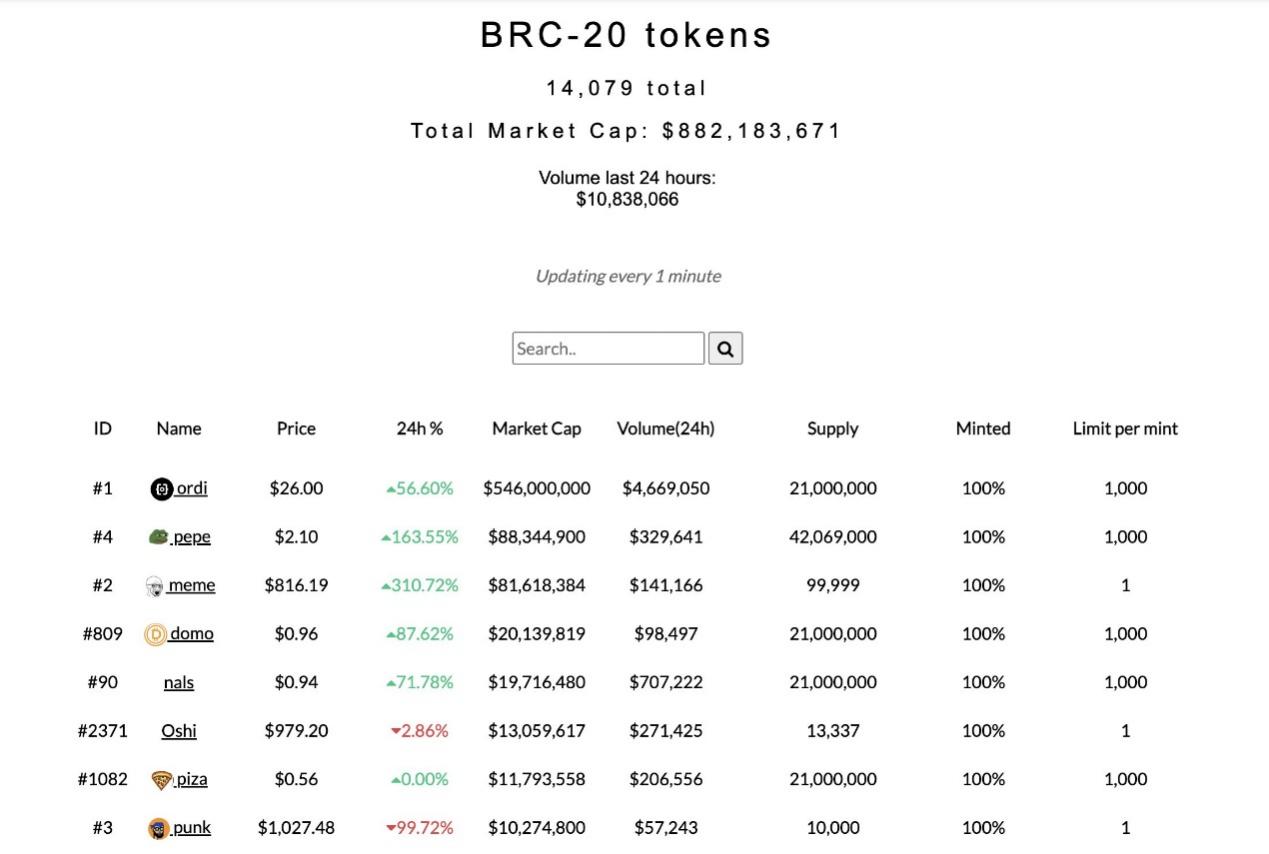Original compilation: PANews
Original compilation: PANews
The BRC-20 token standard was created by the encryption community user @domodat on March 8, 2023. It is a standard for testing homogeneous tokens on Bitcoin with the help of the inscription function. The name "BRC-20" is borrowed from Ethereum ERC- 20 token standard, currently has three functions of deployment, minting and transfer.
The implementation of the BRC-20 protocol is based on the Ordinal inscription, which can be used to store token contract information, which is encoded and stored on the Bitcoin blockchain, thereby realizing the deployment and management of the token contract. Add some text information in the information record column of the , and then realize the minting and transfer of tokens.
first level title
1. BRC-20 brings Ordinals adoption to a higher level
first level title
2. The adoption of BRC-20 brings higher income to Bitcoin miners
first level title
3. Bitcoin transaction fee rate reached 31%, a six-year high
first level title
4. Bitcoin block transaction fees hit fifth-highest record so far on May 7
On May 7, 2023, the transaction fee of the Bitcoin block at block height 788695 reached 6.7 BTC, equivalent to about 194,000 U.S. dollars in U.S. dollars, setting the fifth highest record so far. Historical data shows that on April 26, 2016, the Bitcoin block transaction fee at block height 409008 reached 291 BTC, setting the highest record so far, but only $135,000 in US dollars.

5. On May 7th, the transaction fee of three Bitcoin blocks exceeded the block reward, and the probability of this situation is only 0.0048%
first level title
6. BTC-20 is clogging the Bitcoin network
first level title
7. The average transaction fee on the Bitcoin network has increased to $18.9
first level title
8. Whether the practicability of BRC-20 can continue remains to be seen
Although BRC-20 has been extremely popular recently, and the related single market value once approached 1 billion US dollars, its practicality is still very limited due to the lack of smart contract functions. The current use case is similar to meme meme currency, and its functions are limited to deployment, minting and transfer .

If layer-2 solutions like Stacks can openly bridge to BRC-20, the practicality of BRC-20 may be further enhanced in the future, and user experience will also be improved. But given the scale of DeFi on Stacks, there may still be some limitations to the practical launch of BRC-20.
All in all, the BRC-20 protocol at this stage is more like a slightly controversial experiment, and the subsequent development is worthy of attention.